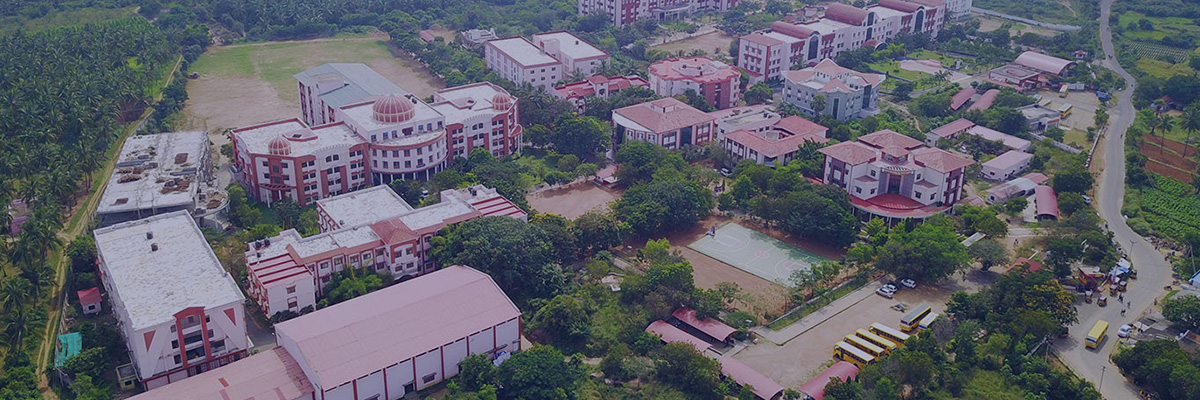
The Department of Microbiology, Nehru Arts and Science College has organized DBT – STAR College Scheme Sponsored Webinar on “Computer Aided Drug Design at Pandemic Situation” on 22/01/2021. The program was inaugurated with the welcome address by Dr. R. Vijayaraghavan, Head of the Department, Department of Microbiology, NASC. The presidential address of the program was delivered by Dr. B. Anirudhan, Principal, Nehru Arts and Science College. Technical Session was initiated with the talk by Mr. Richard .M, ICMR-Senior Research Fellow, Department of Bioinformatics, Alagappa University, Karaikudi. Following the technical session and presentation by the resource person, the session was concluded with a vote of thanks.
Computer Aided Drug Design (CADD) has now become an indispensable tool in the long process of drug discovery and development. It also provides options for understanding chemical systems in different ways, yielding information that is not easy to obtain in laboratory analysis, with considerably less cost and effort than experiments. Initially, CADD had a rocky perception in the field of drug development, and perhaps some over-hyping of its promises, as is present in the initial stages of almost any new technology or development. Today, one can say that the discipline of computational medicinal chemistry has begun to mature and is a routinely used component of modern drug discovery process. Mastering different kinds of CADD approaches and their software and utilizing all computational resources that are valuable for drug design are certainly essential for becoming a successful computational medicinal chemist in today’s world. In addition, having skills in one or more programming languages, such as Python or JAVA will help smooth routine drug-design work. SBVs and LBVs are also very likely to become routine in drug-discovery projects if they are not considered to have already done so. The use of more accurate methods like MD and QM, continue to grow. In conclusion, CADD is beneficial for pharmaceutical development in the areas of prediction of 3D structures, design of compounds, prediction of druggability, in silico ADMET prediction however, it must be realised that computational predictions need to be integrated with experimental approaches for successful drug discovery and development.
The outcome of the Event
The participant undrstood the various stages of drug discovery, the concept of bioisosterism and drug resistance, introduction to Bioinformatics and Cheminformatics, methods in molecular and quantum mechanics, various structure based drug design methods (Molecular docking, Denovo drug design), concept of pharmacophore and modelling techniques,the various techniques in Virtual Screening.